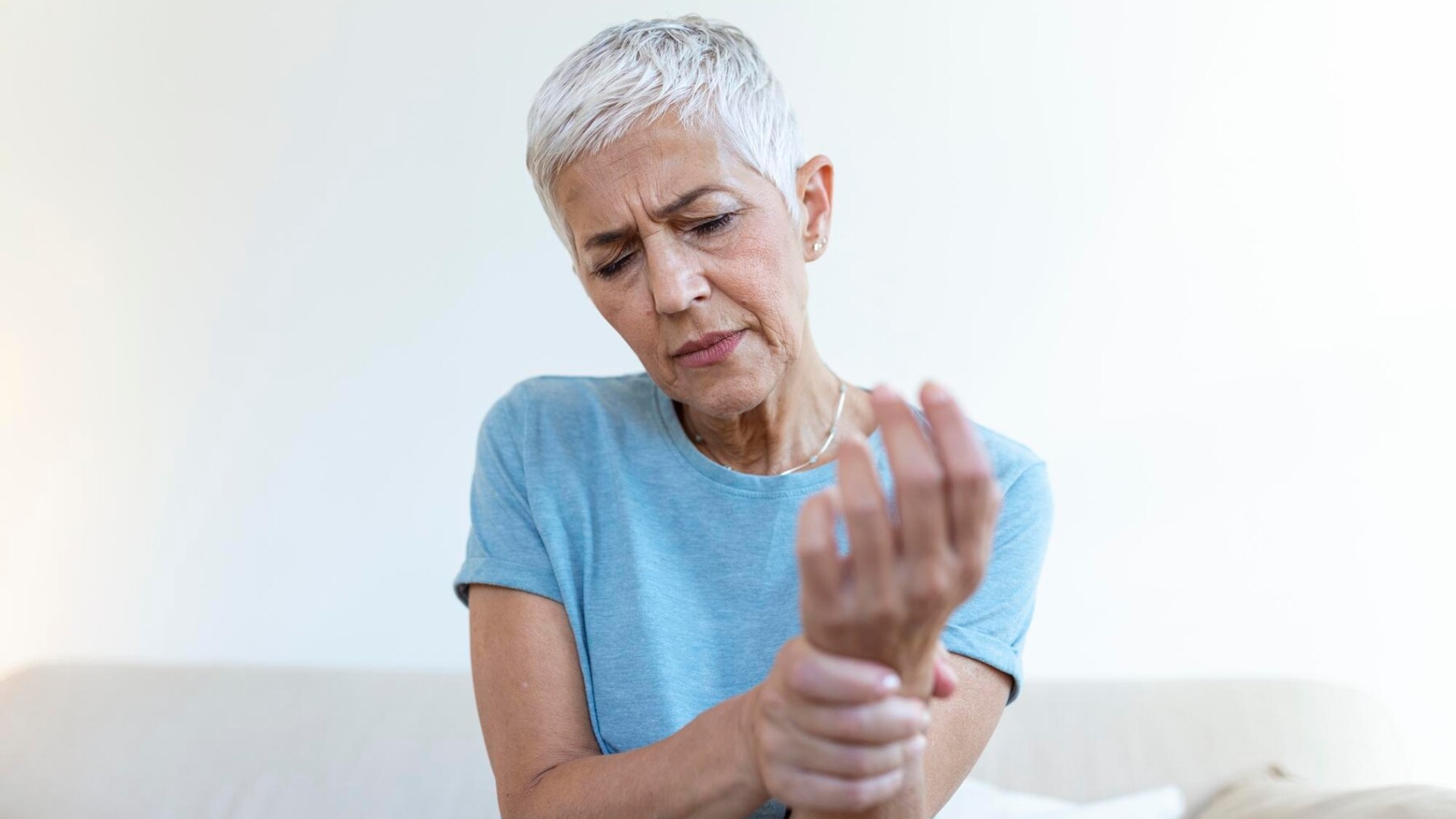Arthritis is a condition that affects many individuals, often causing discomfort and difficulty in daily activities. Pain control plays a key role in managing the symptoms associated with arthritis and improving overall well-being. Here is more information on arthritis, its causes and symptoms, and how pain control strategies can support individuals in managing their condition effectively:
What Is Arthritis?
Arthritis refers to inflammation in one or more joints, resulting in symptoms such as pain, stiffness, and swelling. It encompasses various types, including osteoarthritis and rheumatoid arthritis, each with unique characteristics. Osteoarthritis primarily involves wear-and-tear damage to joint cartilage, while rheumatoid arthritis is an autoimmune disorder attacking the joints.
While arthritis can develop at any age, it is commonly seen in older individuals. The condition may affect different joints, including the knees, hips, hands, and spine, limiting mobility and reducing quality of life. Early identification and symptom management are key to maintaining an active lifestyle.
What Are the Causes and Symptoms?
The causes of arthritis vary depending on the type. Osteoarthritis may result from joint overuse, age-related degeneration, obesity, or injuries. Rheumatoid arthritis develops due to an overactive immune response that mistakenly targets joint tissues. Genetic factors, infections, or environmental triggers may also play a role in some cases.
Common symptoms of arthritis include persistent joint pain, swelling, reduced range of motion, and stiffness, particularly after periods of inactivity. These symptoms may significantly interfere with everyday tasks, from walking and cooking to typing or household chores. Understanding these causes and symptoms is a beneficial step in selecting effective pain control methods.
How Can Pain Control Help Manage Symptoms?
Pain control is central to managing arthritis as it helps individuals maintain mobility, perform daily activities, and enjoy a better quality of life. Pain management techniques target the underlying inflammation or nerve-related pain contributing to symptoms. Reducing discomfort allows individuals to focus on improving their joint health without the constant distraction of pain.
By implementing pain control measures, individuals can also prevent secondary problems related to arthritis. These may include loss of muscle strength, poor posture, or reduced mental well-being. From physical therapies to injections or medications, customizing a pain management plan makes sure that symptoms are controlled effectively.
How Can You Alleviate Pain?
A variety of methods may help alleviate arthritis pain. Some involve medical interventions, while others emphasize physical therapies or lifestyle adjustments.
- Epidural Steroid Injections: These are administered near the spine to reduce inflammation and mitigate pain radiating to the limbs.
- Muscle and Joint Injections: Such injections directly target the affected muscles or joints, offering localized relief.
- Nerve Root Blocks: These address specific pain-causing nerves, blocking the pain signals before they reach the brain.
- Spinal Cord Stimulation: A device delivers mild electrical pulses to the spinal cord, modifying how the brain perceives pain.
Physical therapy can complement these treatments by gradually improving range of motion, flexibility, and strength. Medications might be prescribed to control inflammation and discomfort. Making lifestyle changes, such as adopting a healthy diet or engaging in low-impact exercises like swimming or yoga, can also be beneficial. Support tools like braces or orthotics help reduce strain on the affected joints.
Learn More Today
Managing arthritis symptoms often starts with understanding the benefits of pain control. While arthritis cannot always be reversed, effective pain management strategies may improve mobility, restore independence, and enhance overall quality of life. For additional guidance, contact a healthcare professional to discuss personalized treatment options. Individuals can take beneficial steps toward better living by exploring innovative pain control solutions.

